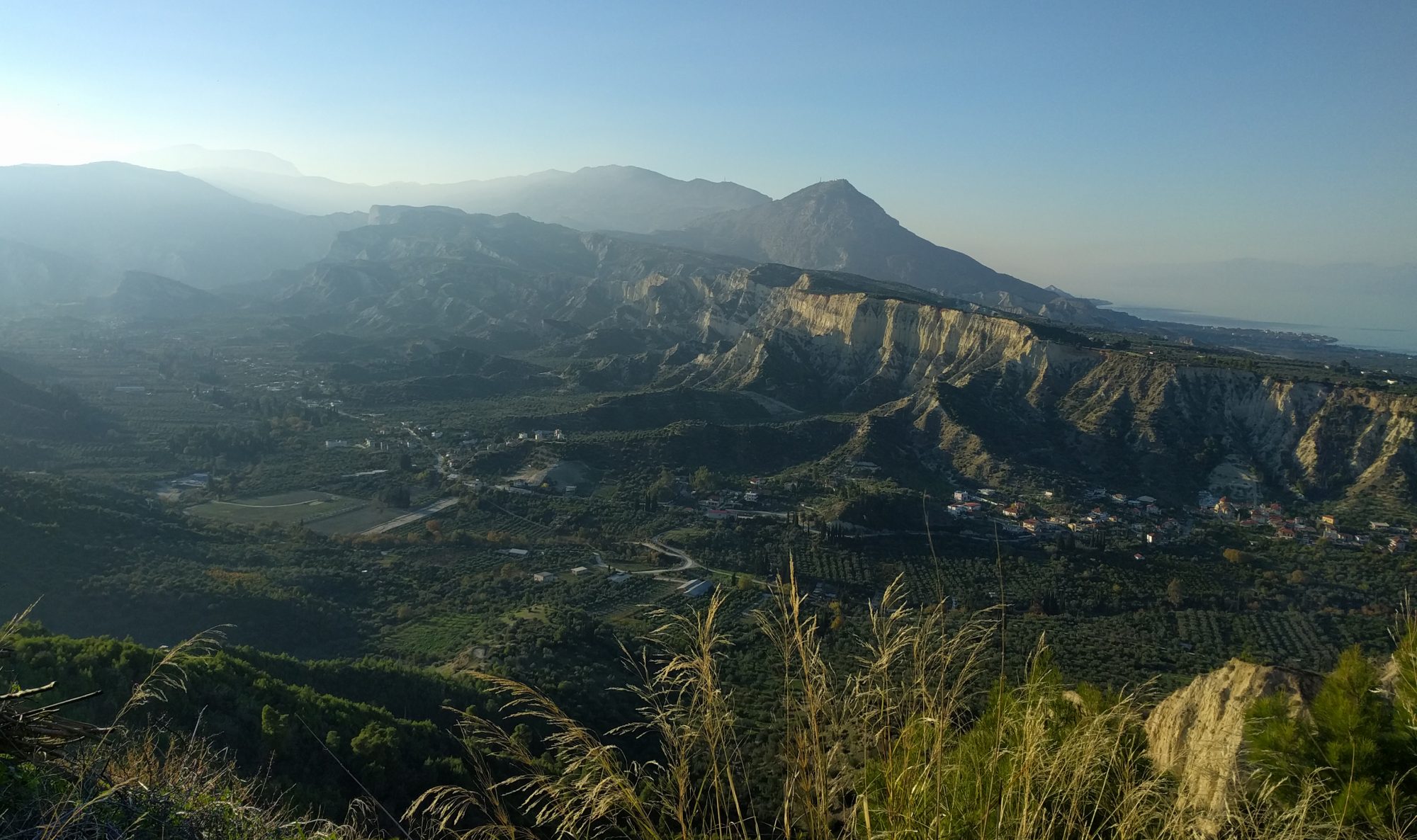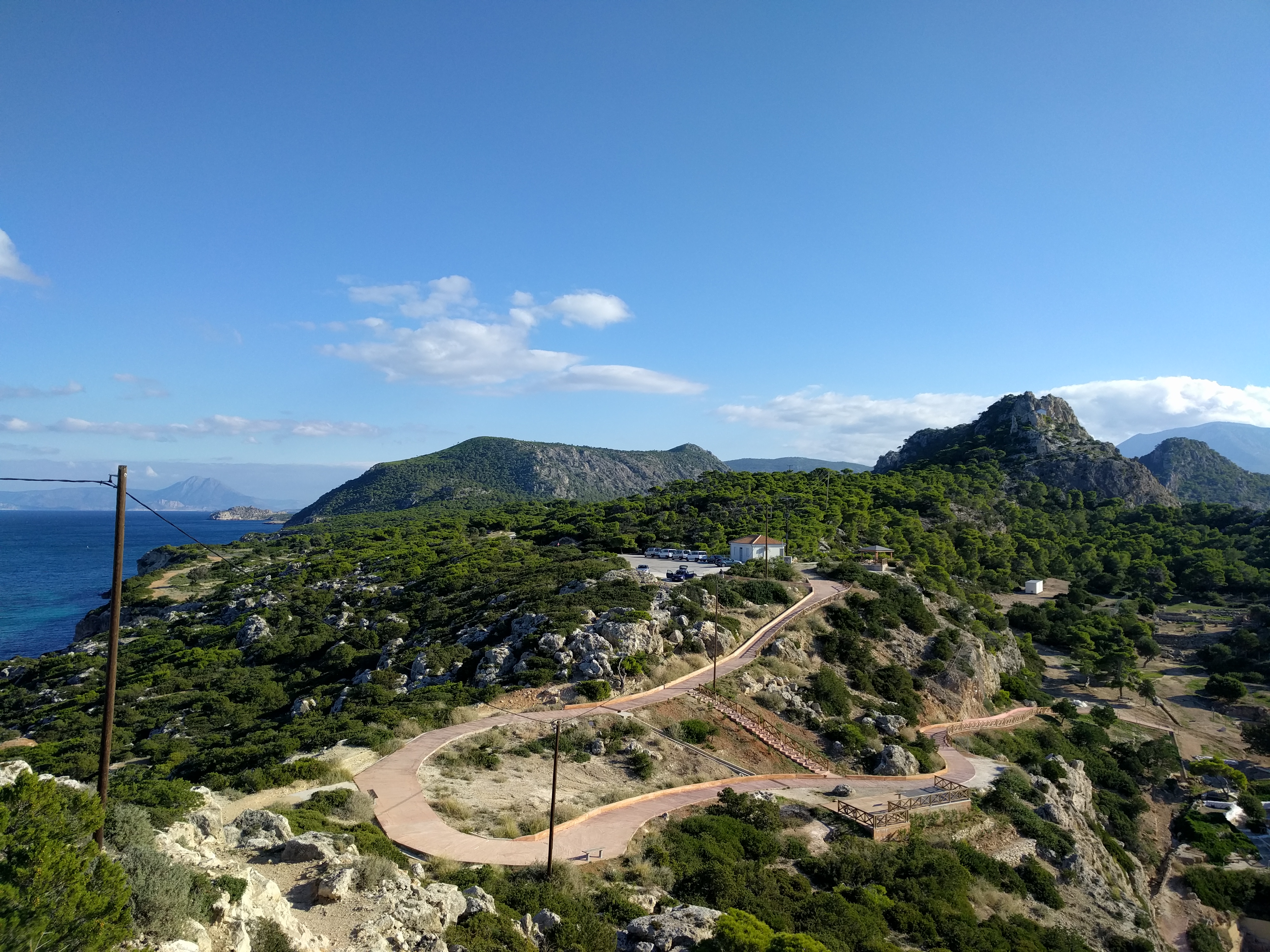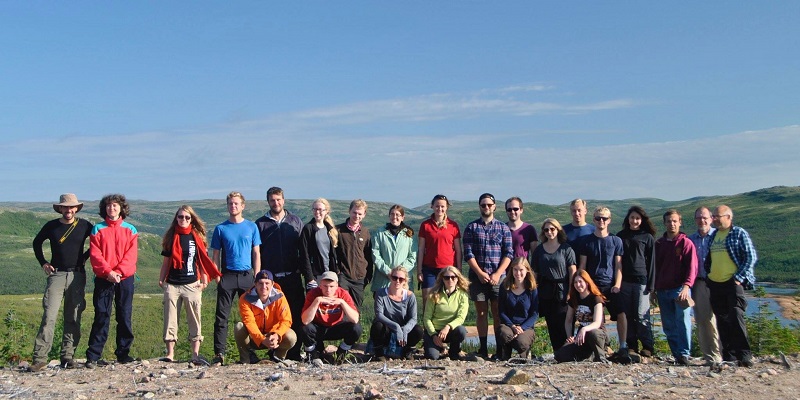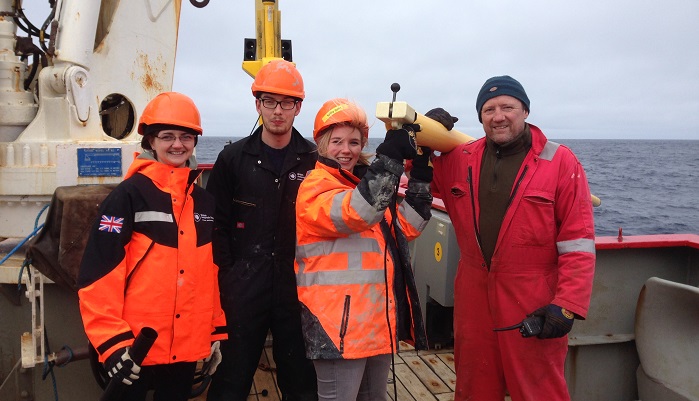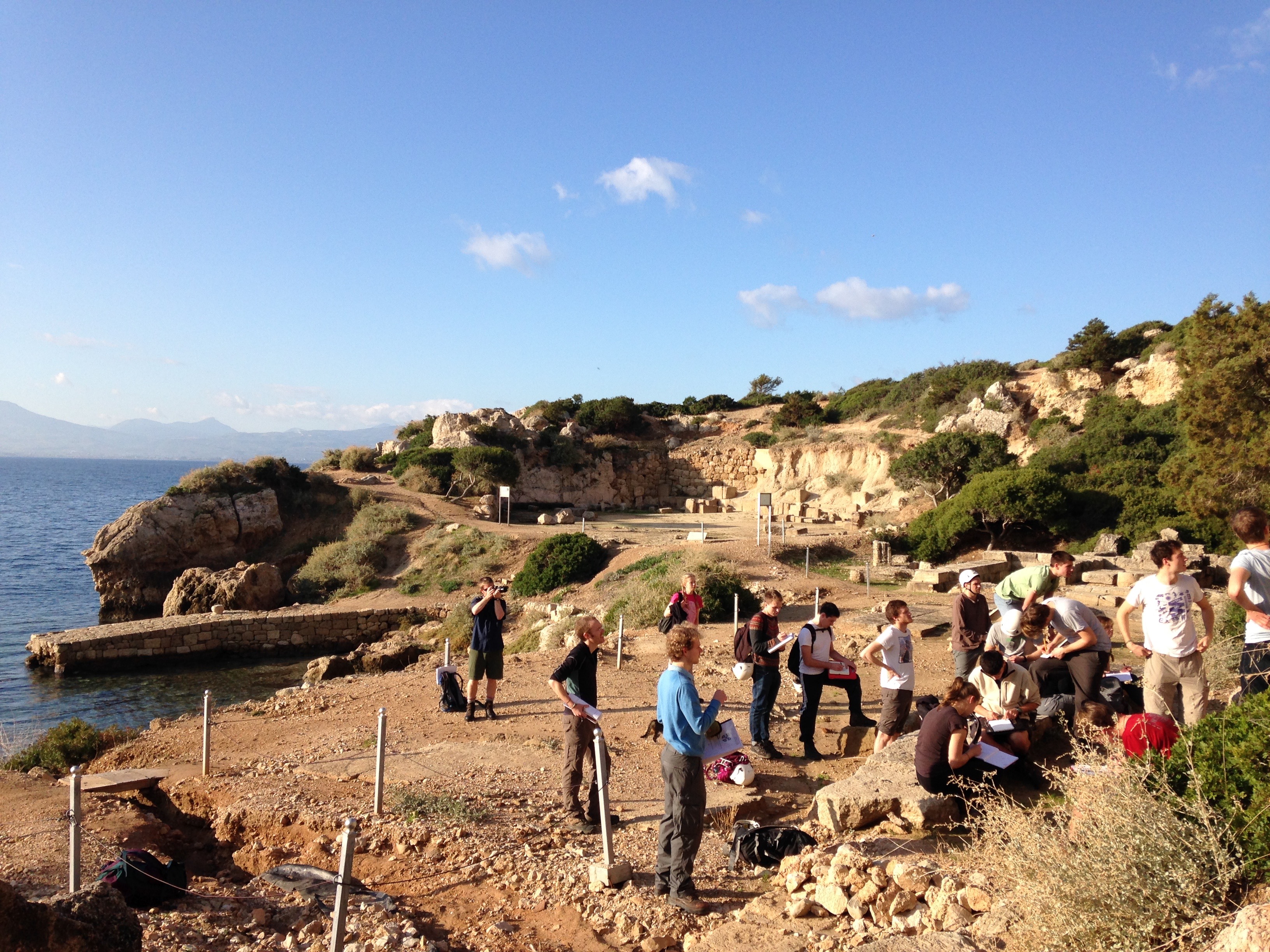The end of Michaelmas had arrived and it was time for 21 Part IIs and 8 demonstrators to head for Greece. By coach and plane we travelled to Athens, where we picked up our minibuses (without telling the hire company how much off-roading we had planned!) and headed for Loutraki…
Continue reading “Greece 2015: faults, fissures, footwalls and more”
